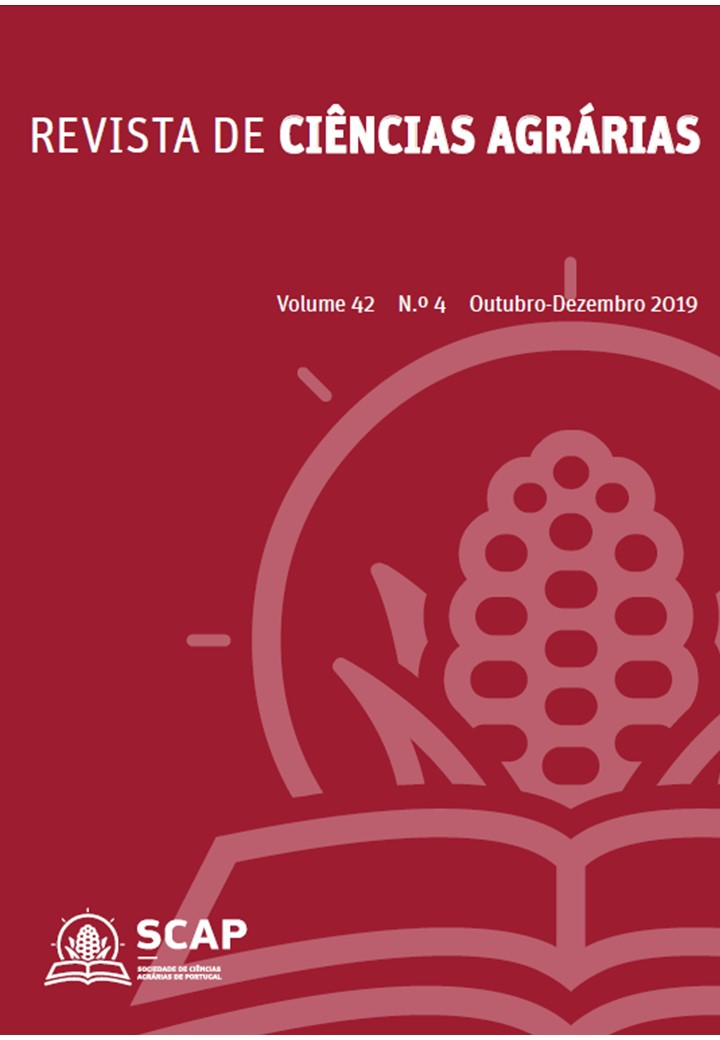Liming recommendation based on the spatial variability of soil chemical atributes
DOI:
https://doi.org/10.19084/rca.17735Abstract
ABSTRACT
Precision farming allows the adoption of appropriate management practices in areas with chemical restrictions that may limit crop yields. However, due to the high cost with laboratory analysis, it is difficult to use this technique. The objective of this work was to evaluate the efficiency of sample meshes in the characterization of the spatial variability of soil chemical attributes and to simulate the recommendation of the need for a corrective to be applied in an area for soybean cultivation. The work was carried out in a pasture area located in the south of the State of Piauí. Samples were collected at 10x10, 20x10 and 30x10 m at two depths, 0.00-0.20 and 0.20-0.40 m. The pH, calcium terrors, magnesium, base saturation and cation exchange capacity were determined. A descriptive analysis of the data was carried out, later semivariograms were modeled for mapping for specific management by means of kriging. With the specific area maps, calculations were made of the soil liming requirements for soybean cultivation in the three densities in the depth of 0.00-0.20 m by the method of raising the saturation by base. The geostatistical technique allows to identify the specific management zones, increasing the possibility of a more effective correction and reduction of costs for the producer. Small sample meshes identify the spatial variability of soil attributes.
Keys words: Solo, specific management, soil correction.


